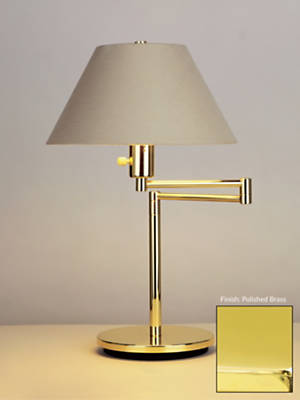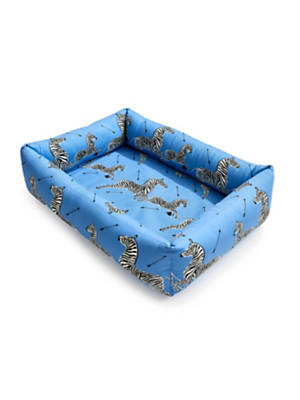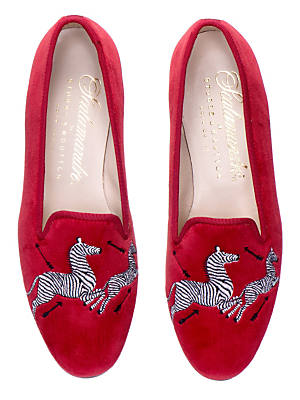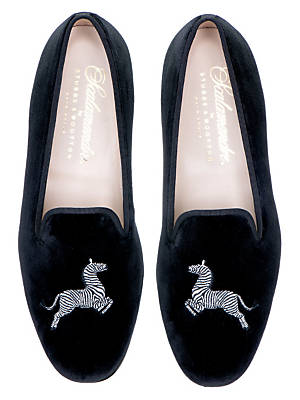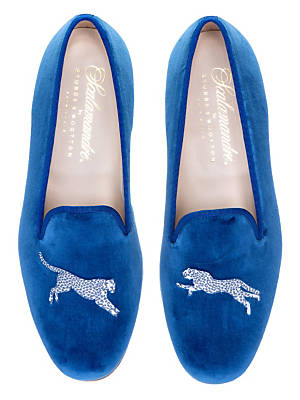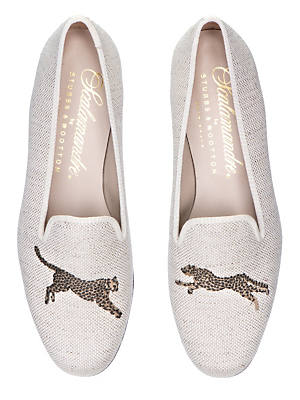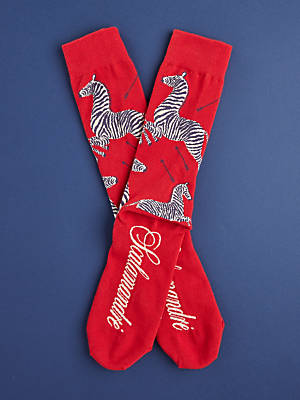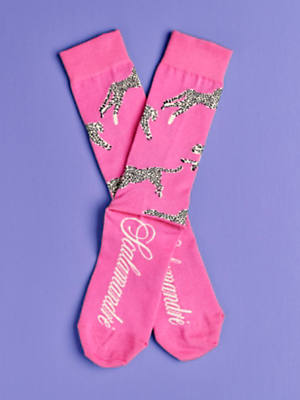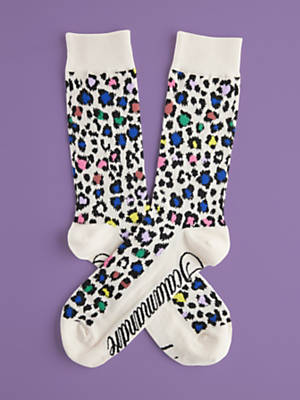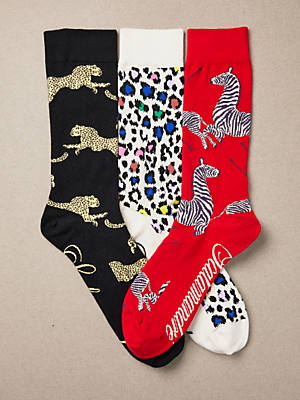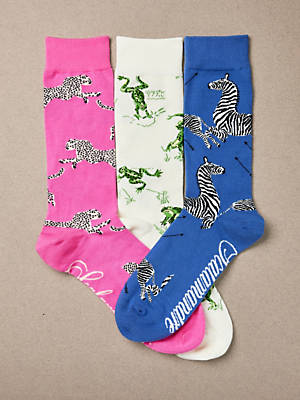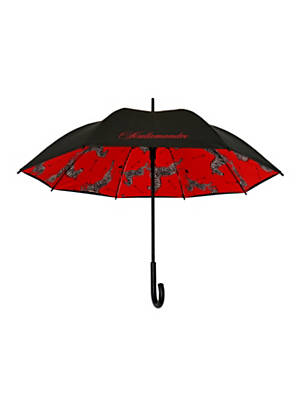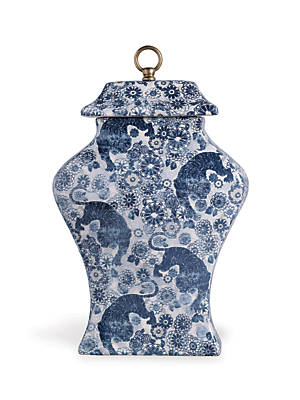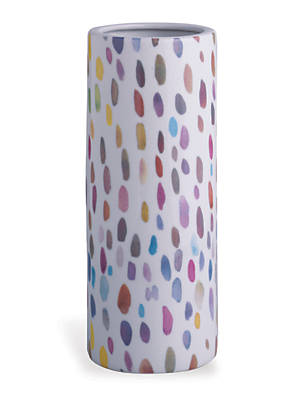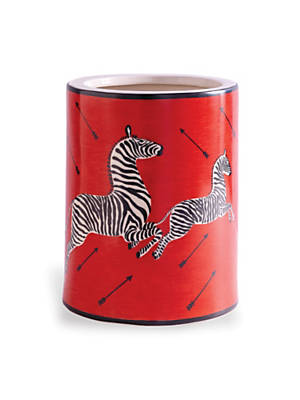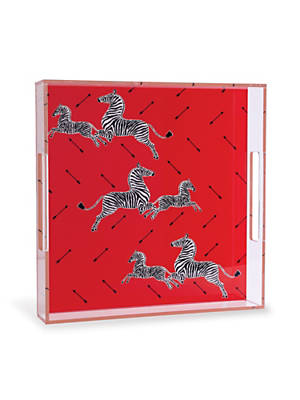 MY ACCOUNT & PROJECTS
MY ACCOUNT & PROJECTS
Your Cart
Your cart is empty.
$0.00
The Story of Scalamandré
An American Tradition
As the industry’s standard-bearer of excellence, Scalamandré’s name has become synonymous with the manufacture of the finest quality fabrics, trims, wallcovering and furnishings in America. Highlights of Scalamandré’s rich history are presented in an illustrated timeline.
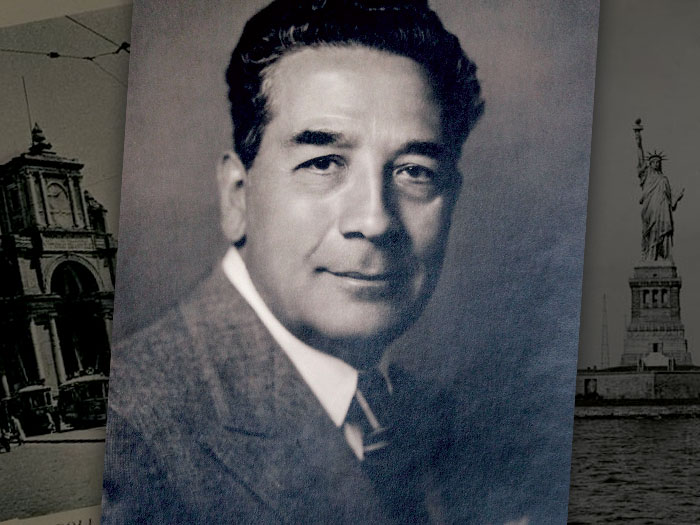
1923
Franco Scalamandré came to America from Naples, Italy, along with hundreds of thousands of Italians fleeing the oppression of the Mussolini regime.

1925
With a background in engineering, Franco found a job at the Westinghouse Electric Company in Newark as a draftsman. As his English improved, so did his career opportunities, ultimately landing him a job at The Sealy School of Interior Design in Paterson, New Jersey, as a teacher of Architectural Design.
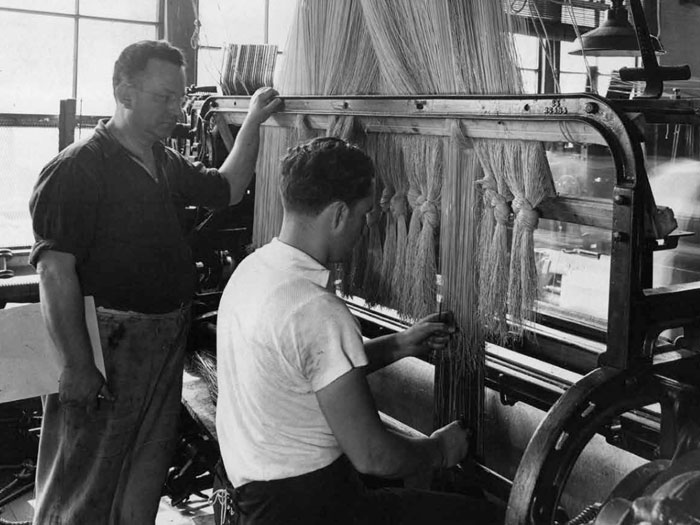
1926
Working at The Sealy School of Interior Design, Franco met with new contacts to import Italian fabrics and furnishings for various interior design projects he worked on in the area. After realizing the demand for fine silk fabrics, he saw the opportunity to create silk fabrics domestically.
With one weaver and a single loom, Franco produced his first silk yardage in Paterson, New Jersey.
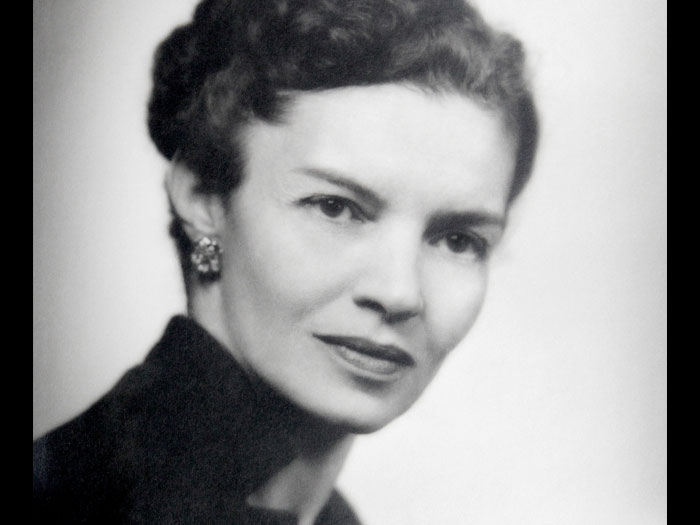
1929
Early 1929 was a busy time for Franco Scalamandré, as he achieved success in both his personal life, and his career. Franco not only became a US citizen, but also met and married Flora Baranzelli, an educated designer that came from a long line of Italian artists.

1929
After having saved enough money, the couple set out to start their own weaving business, purchasing an old brick mill in Long Island City in hopes of turning their dreams into reality. Thus, establishing Scalamandré Silks. To this day, the building still stands with our name on it.
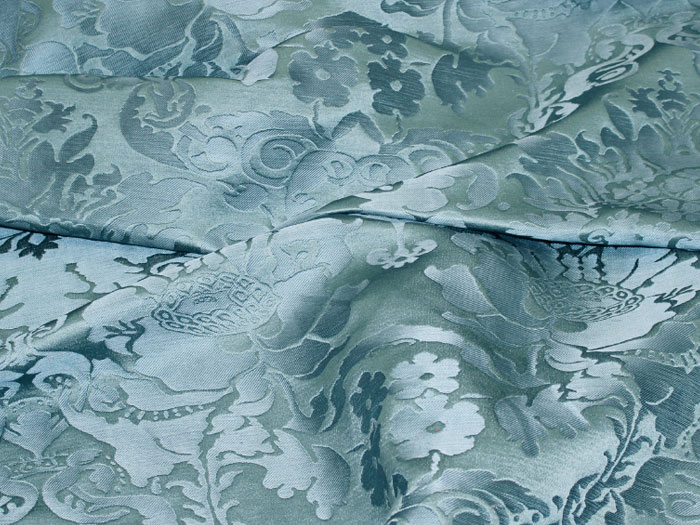
1929
The founding of Scalamandré Silks coincided with a growing movement in the United States surrounding the restoration of historic houses and furnishings. Following this movement, Scalamandré was contracted to weave seven yards of fabric to match a blue brocatelle acquired by media mogul William Randolph Hearst, for his home.
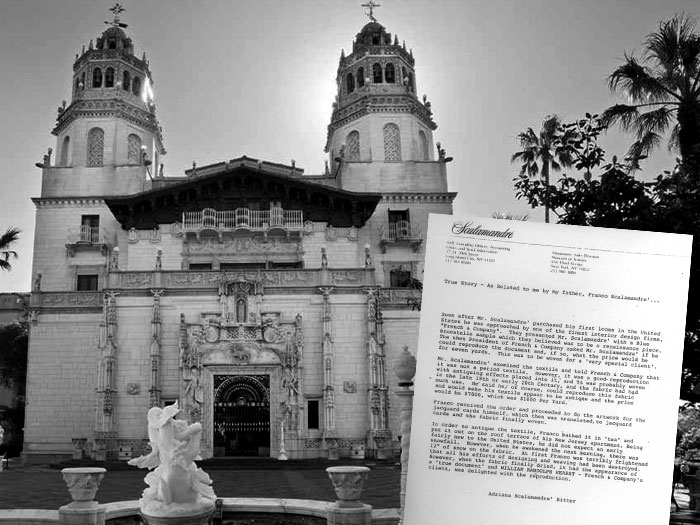
1929
Hearst’s feedback upon seeing the finished product was that the fabric looked too new. Franco took the yardage back to his apartment where the bathroom doubled as a dye house, and brushed it with dye to achieve an antique look. Needing a place to dry the fabric, Franco placed the yardage on the roof of the building overnight, not knowing it would snow. Upon his discovery the next morning, Franco remained calm and took coal dust and a hose to the snow laden fabric, unexpectedly achieving the perfect antiqued finish. Hearst was very pleased with the final product and called it “the best reproduction that anyone had ever seen.” The ‘San Simeon Brocatelle’ became the first fabric woven by Mr. Scalamandré at the Long Island City mill.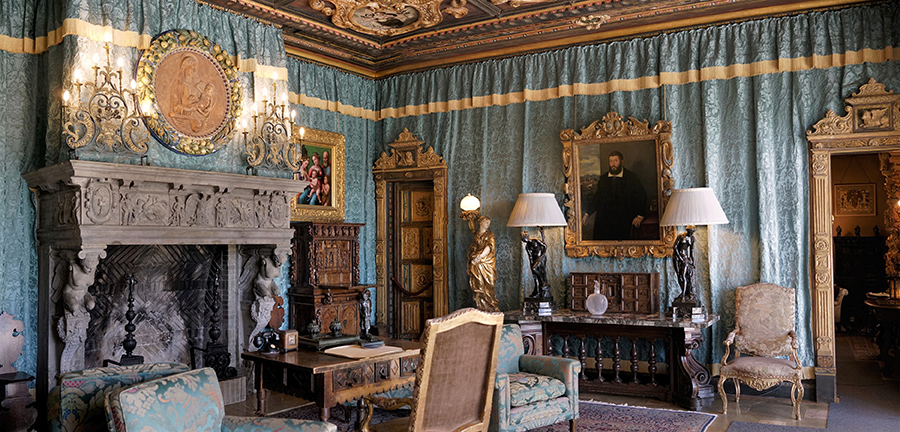
Take a 45 minute tour of Hearst Castle, jump to 15:00 minutes to see the
Doge's Suite featuring our restoration of San Simeon Brocatelle. Video by: Ian Hanpeas.
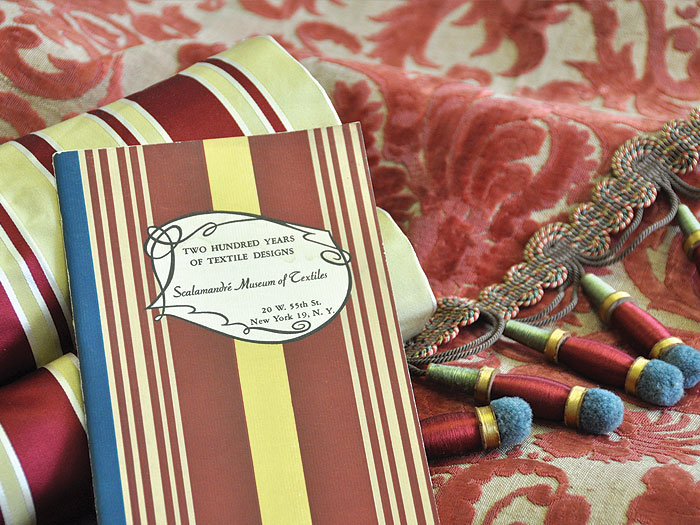
1936
With such a passion for reproducing historic textiles, Franco began to collect rare historic textiles that formed an extensive collection over time. Franco recognized these special fabrics needed to be shared, and he established the Scalamandré Museum of Textiles in the company’s New York Showroom. From 1936 to late 1960’s Franco traveled to museums and schools across the country, presenting these historical treasures.
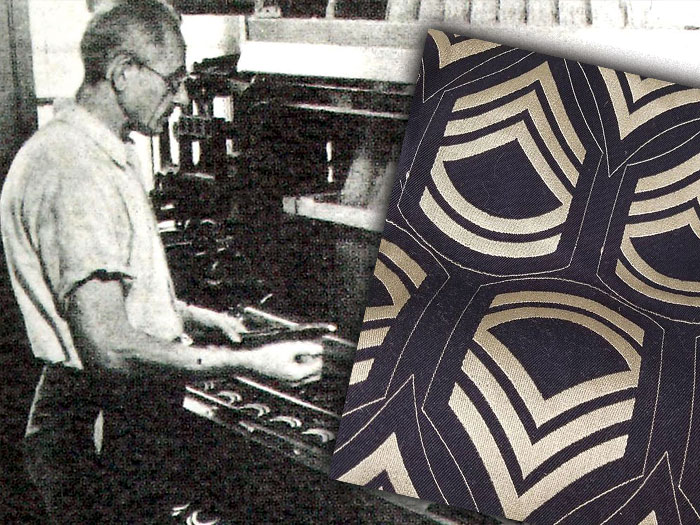
1940's
During World War II, Scalamandré converted 80 percent of its production to America's war effort and wove fabrics for parachutes, linings for combat helmets, camouflage nets, braids for caps, and chevrons that were sewn onto uniforms.
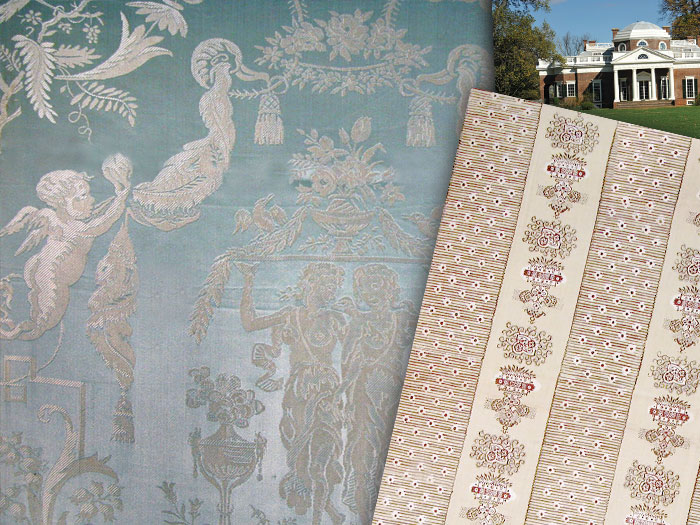
1945
Franco Scalamandré visited Monticello, the home of Thomas Jefferson. With the aid of designer Nancy McClelland, drawings and notes documenting Monticello's original curtains were located and Scalamandré wove new damask and lampas fabrics for the draperies and bed hangings, a project that continued through the 1950s.
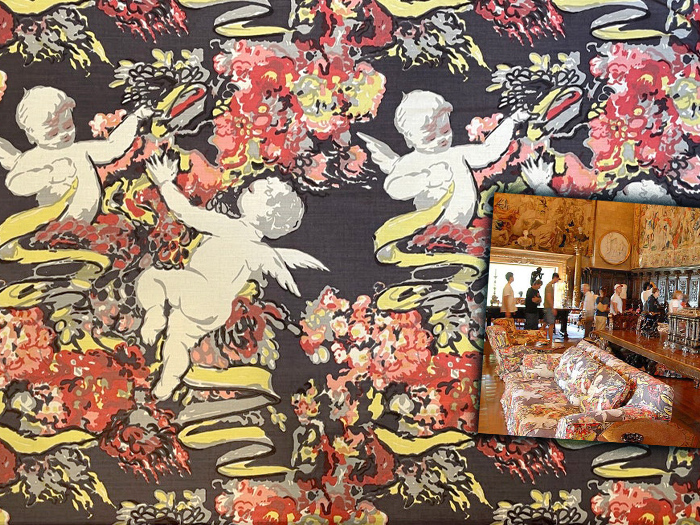
1947
The “San Simeon Brocatelle” led to other commissions for William Randolph Hearst, such as the “Cherub Print” that was designed by Franco’s daughter, Adriana, when she was only twelve. The “Cherub Print” was made into slipcovers for the sofas and chairs in the Assembly Room at San Simeon.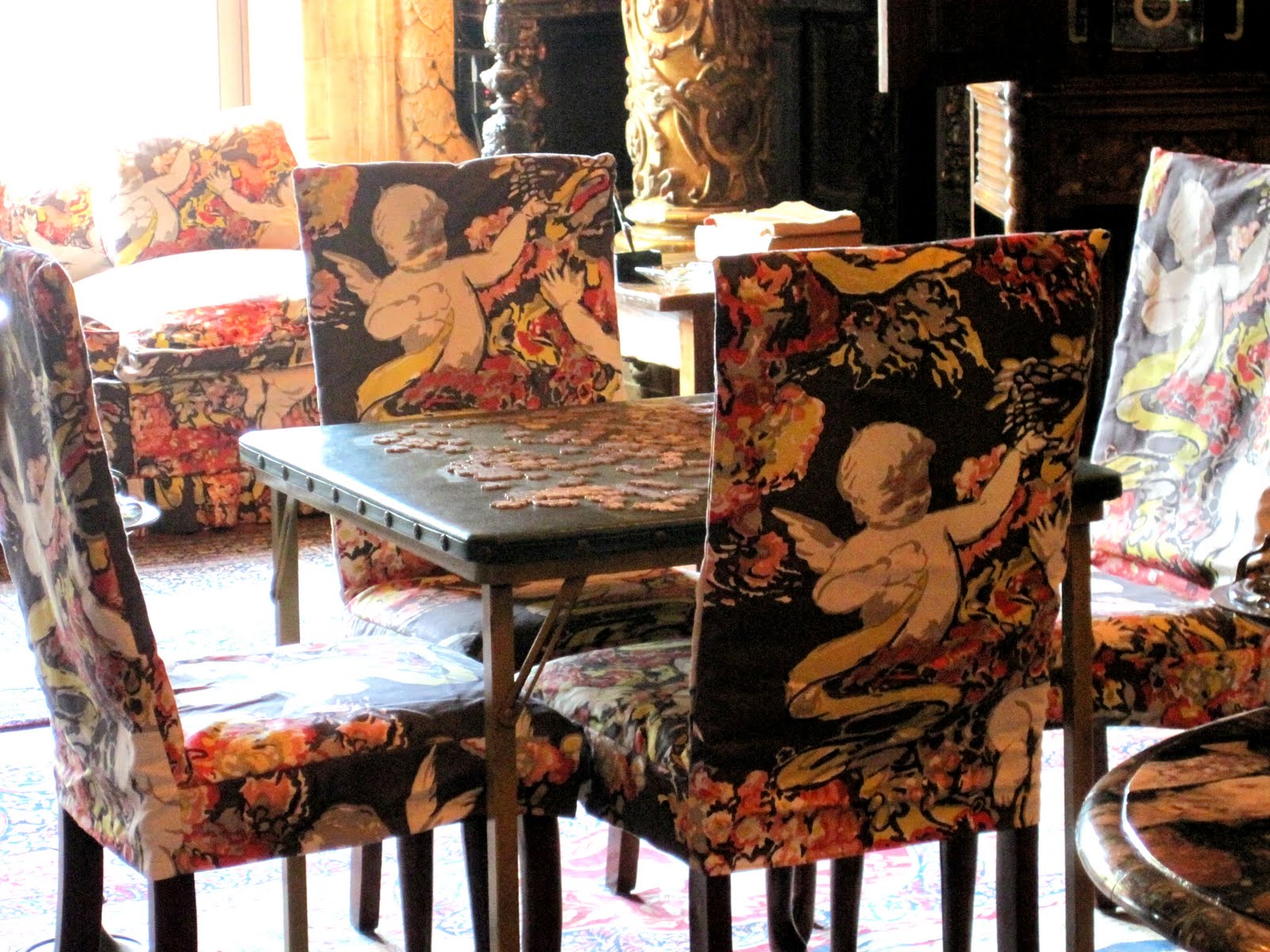
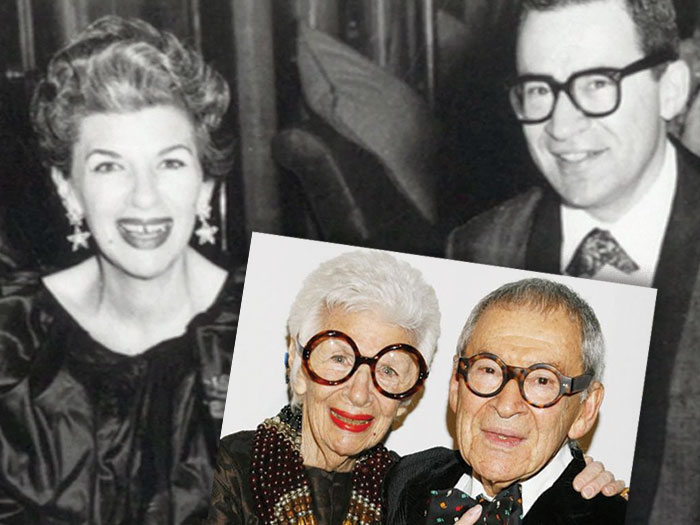
1950's
Iris Apfel originally worked as an established and successful interior designer, with a passion for fabrics. Iris and her husband, Carl, traveled all over the world attending international flea markets and bazaars to source furniture and rare fabrics for personal inspiration as well as design projects. With such a high demand for these treasured fabrics, sourcing them for large scale projects became close to impossible. This lead the Apfels to open Old World Weavers in 1950, in order to replicate the magnificent historic fabrics found on their travels. Old World Weavers became a success, known then and now for its blend of sophisticated historical design, and an exotic, world travelled aesthetic.
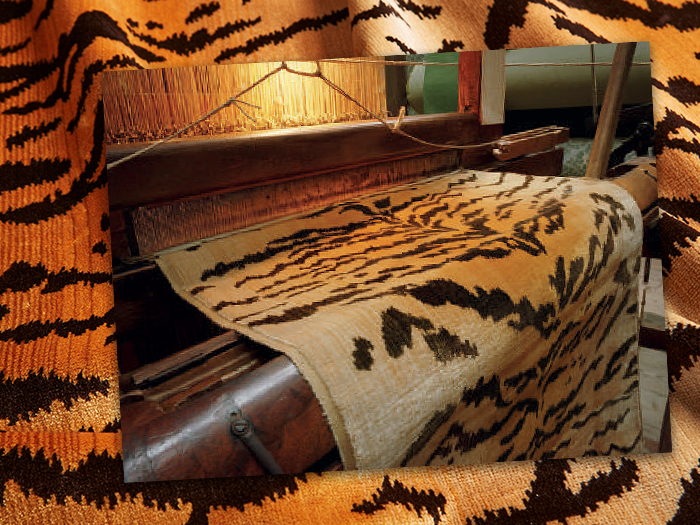
1960's
As Marco Polo brought silk velvets to Italy from China, "Tiger - Silk - Handwoven" the Old World Weavers classic silk velvet finds its roots in Venice. Originally launched by Iris Apfel in the 1960’s, this work of art is still woven by hand in Venice today. An instant classic, the tiger design served as the catalyst for "Tiger - Silk" and "Tiger Lao Hau II". At the same time, Franco Scalamandré was bringing to the US market, "Tigre – Silk" the long-standing Scalamandré icon, which today is available in natural and fashion inspired hues.
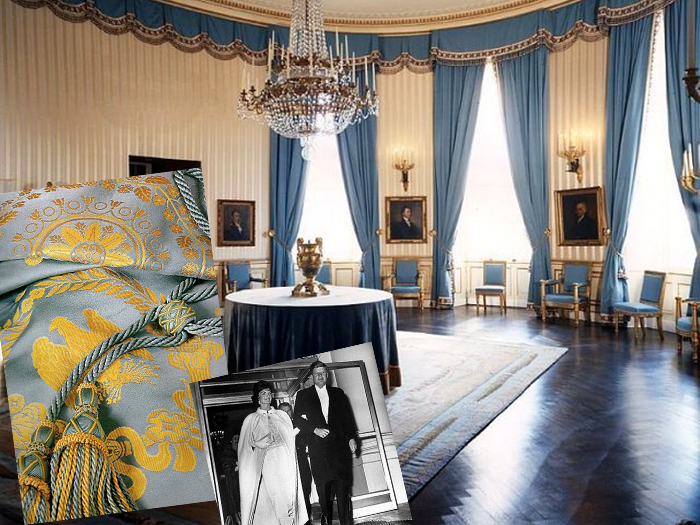
1961
During the Kennedy administration Scalamandré received one of its highest profile commissions for the White House. Stéphane Boudin of Maison Jansen oversaw the redecoration of the White House's public staterooms, and entrusted Scalamandré to complete the job. Scalamandré agreed to reproduce early 19th century textiles for the Blue Room draperies, as well as the Red Room's walls, draperies, and upholstery. In addition to this, Sister Parish selected stocked Scalamandré fabrics for the White House's residential interiors.
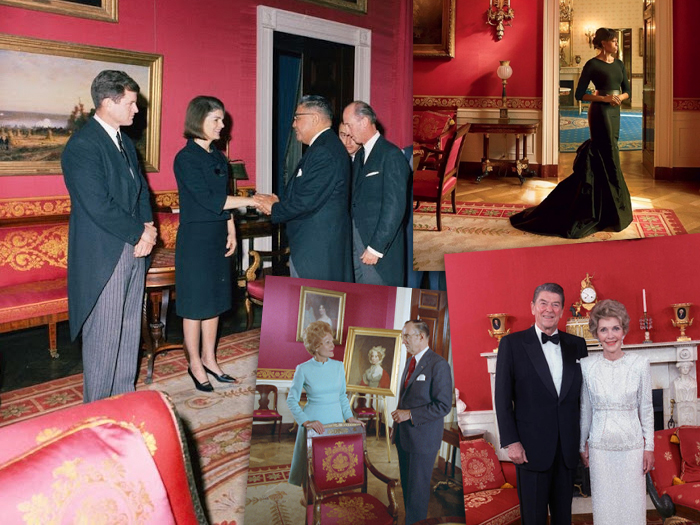
1961
These timeless textiles and trimmings go on to withstand countless presidential terms ranging from John F. Kennedy in 1961 to Barack Obama in 2009. Renamed “Madison,” this classic and favored design is still active today and apart of the treasured Scalamandré archive of textiles.
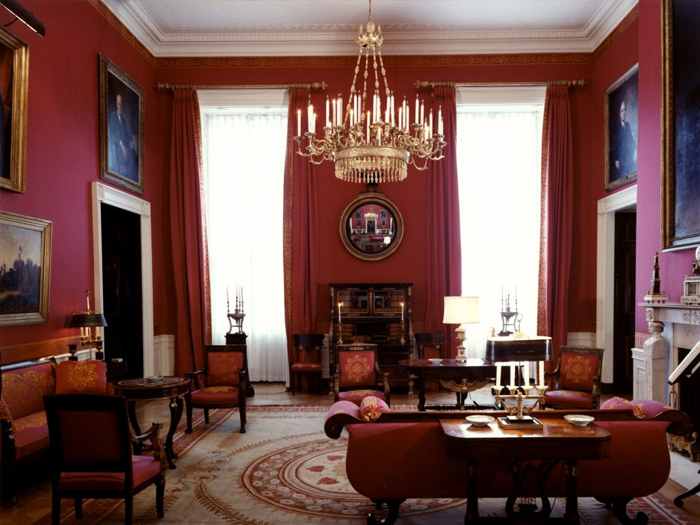
1961
The White House “Red Room” was redecorated by First Lady Jacqueline Kennedy, and featured upholstered seating in rich red silk with gold details, as well as coordinating trim; both made by Scalamandré. Featured on the bench (seen far left) is “Concorde Sofa Panel,” a beautiful fabric made of 100% silk and woven in the Scalamandré Long Island City mill.

The White House
Scalamandré had the honor to provide fabrics and trimmings for a number of other Presidents outside of the Kennedy years; including Herbert Hoover, Harry S. Truman, Richard Nixon, Jimmy Carter, Ronald Reagan, George H. W. Bush., Bill Clinton, George W. Bush, Barack Obama and Donald Trump.
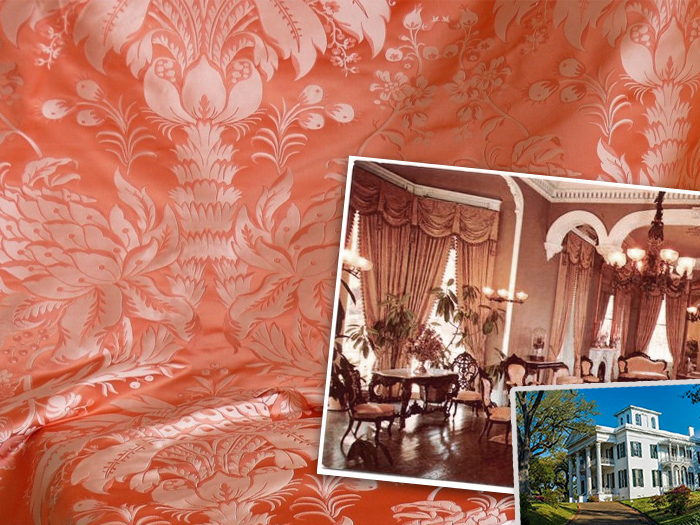
1962
Working from an 18th century Italian design, Scalamandré reproduced a large scale lampas with a stylized pineapple for Stanton Hall, a palatial mansion constructed in the 1850’s, in Natchez, Mississippi. This lampas was eponymously named “Natchez XVIII Century”.
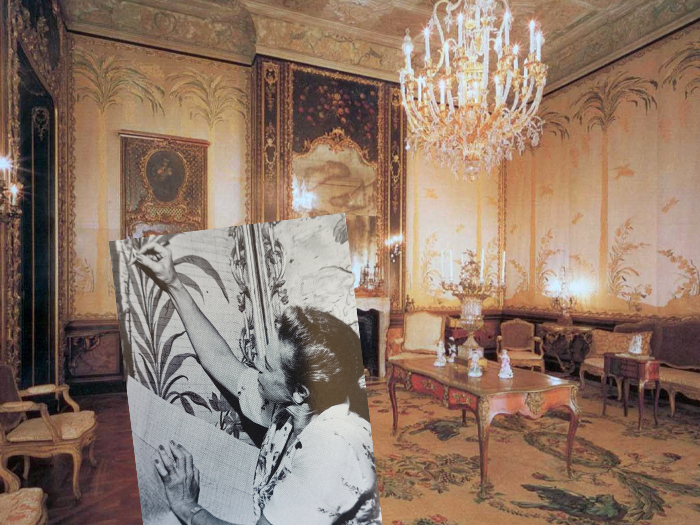
1967
The restoration of Vizcaya, the Miami, Florida residence of industrialist James Deering, featured the largest pattern ever recreated by Scalamandré, with a panel measuring 195” tall and 56” wide. The original fabric was an 18th century French silk brocaded lampas owned by Marie Antoinette. Scalamandré reproduced the 'Palm Tree Panels at Vizcaya' as a donation to the museum. The project took over two years to complete.
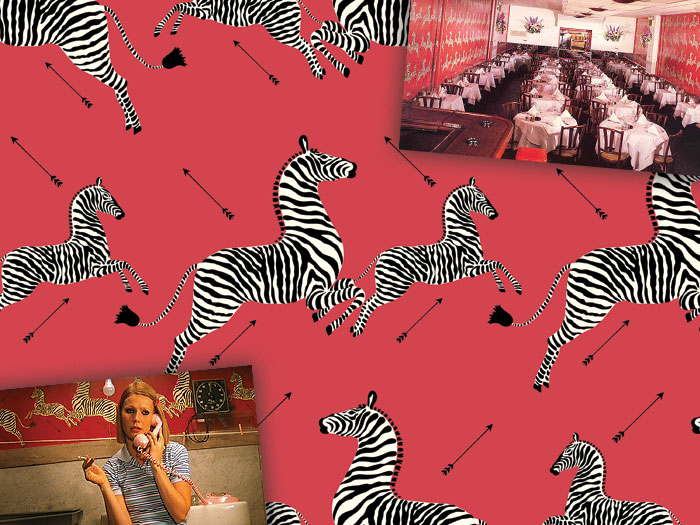
1970's
Originally designed in the 1940s for Gino of Capri restaurant, lovingly known as "Gino's" by New Yorkers, Scalamandré restored the Zebras wallcovering in this Upper East Side institution in the 1970s after it was destroyed in a fire. Flora Scalamandré, wife of Franco Scalamandré, free handed the signature motif that would come to be known as the iconic Scalamandré Zebras design. This vibrant, playful wallpaper has truly withstood the test of time. It has been immortalized in films such as Wes Anderson’s "The Royal Tenenbaums” and Woody Allen’s "Mighty Aphrodite.” Zebras also made guest appearances across the country in Kate Spade and Barneys New York retail installations.
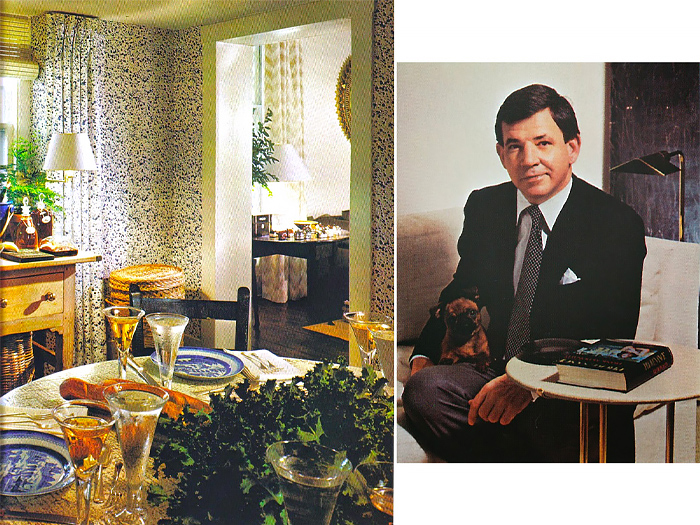
1972
Founded in 1972 by Harry Hinson, the brand Hinson specializes in hand-screened wallcoverings as well as printed and woven fabrics, often inspired by historical patterns or documents.
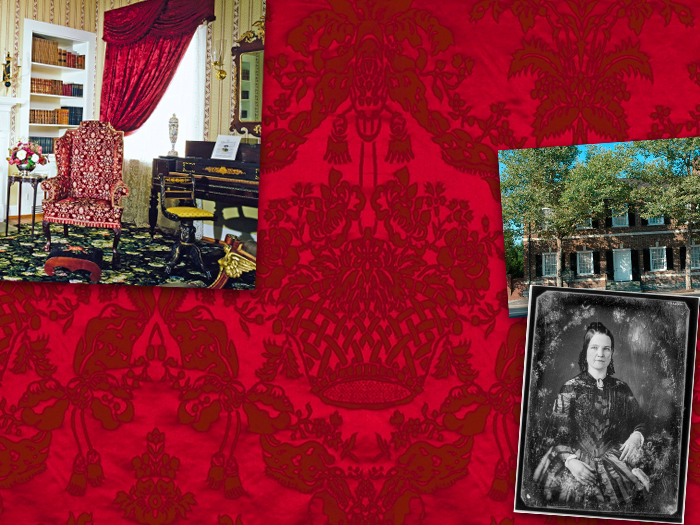
1977
Scalamandré reproduced a red silk that was installed in the dining and sitting rooms as drapery and upholstery, for Mary Todd Lincoln based on a 19th century fabric found in her childhood Lexington, Kentucky home. “Gabriel” is still active today in blue, and can be made in custom colors.
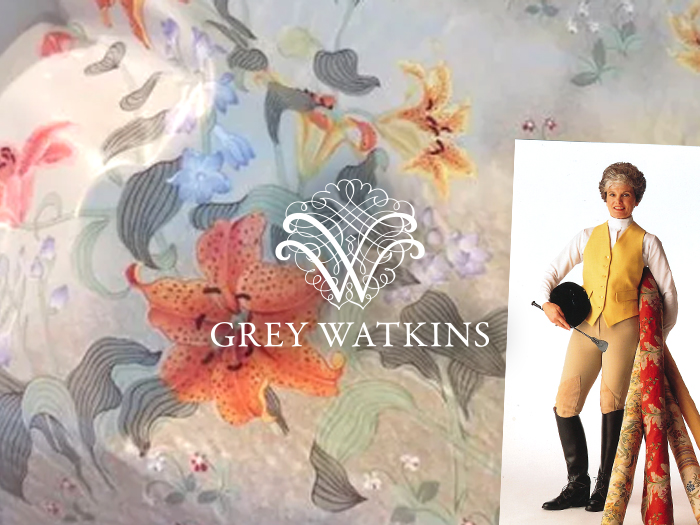
1980
After more than a decade of experience in the industry, Grey Watkins decided to start her own business. The company, Grey Watkins, originated in 1980, when the use of traditional English floral chintzes was very popular in America. As an alternative to period document designs, and in an effort to find a unique niche, Grey Watkins focused on designing products that had a traditional approach but incorporated a contemporary freshness in interpretation and palette.
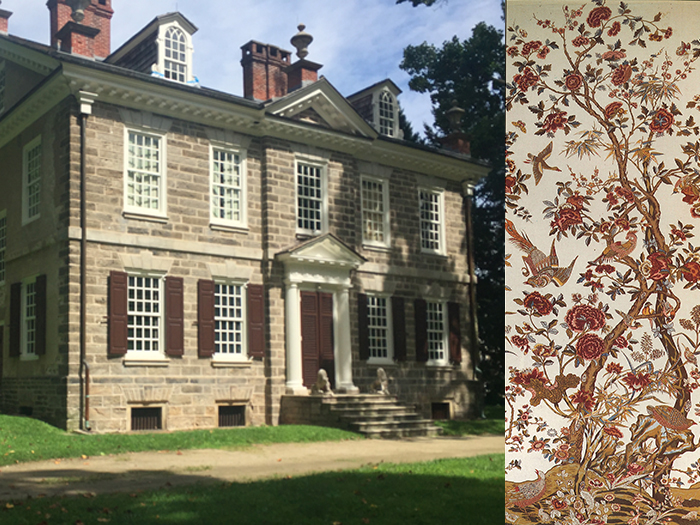
1982
Scalamandré completed a historic representation of a late 18th century Tree of Life pattern on an original hand-blocked Palampore bedcover from Cliveden, an elegant country home built in 1763-67 by Benjamin Chew, located in the outskirts of Philadelphia, PA.
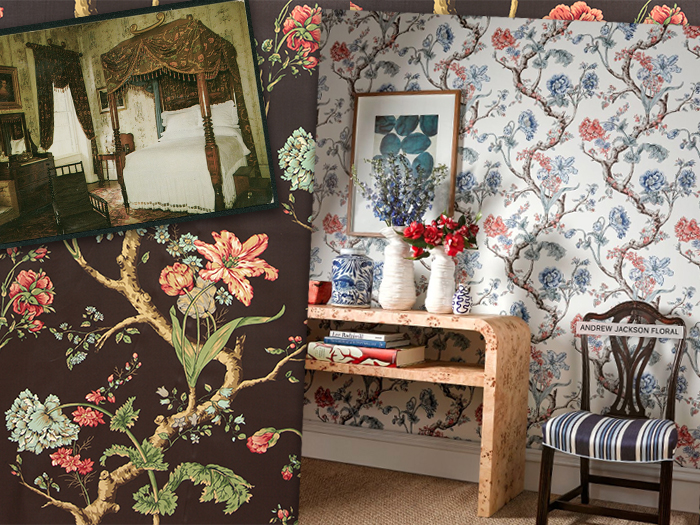
1985
Introduced in the Fall of 1985 based off of a reproduction of a French document circa 1775-1800, the cotton printed Chintz “Andrew Jackson Floral,” was created for bed draperies in The Hermitage; a historical plantation and museum located in Tennessee, owned by the seventh President of the United States, Andrew Jackson. Considered a timeless design, since its original hand printing in the Scalamandré mill in Long Island City, NY, “Andrew Jackson Floral” is still offered today through Scalamandré.
In the spring of 2019, fresh re-colorations of several signature archival designs including “Andrew Jackson Floral,” were launched as digitally printed wallcoverings in a collection called Arcadia.
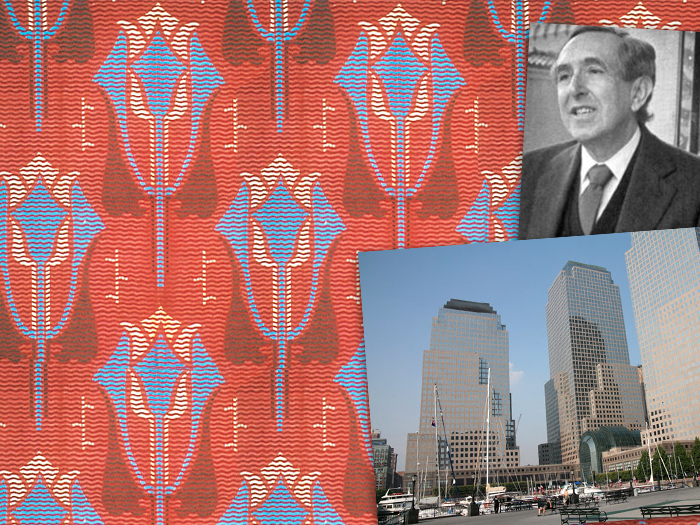
1985
Scalamandré collaborated with Cesar Pelli and Associates on the World Financial Center in lower Manhattan. The 'Barton Tulip', originally reproduced by Scalamandré as a wallpaper for the Barton House property in Texas, became the inspiration for a new brocatelle wallcovering for Tower B. Scalamandré and Cesar Pelli and Associates together created three fabric wallcoverings for the other towers.
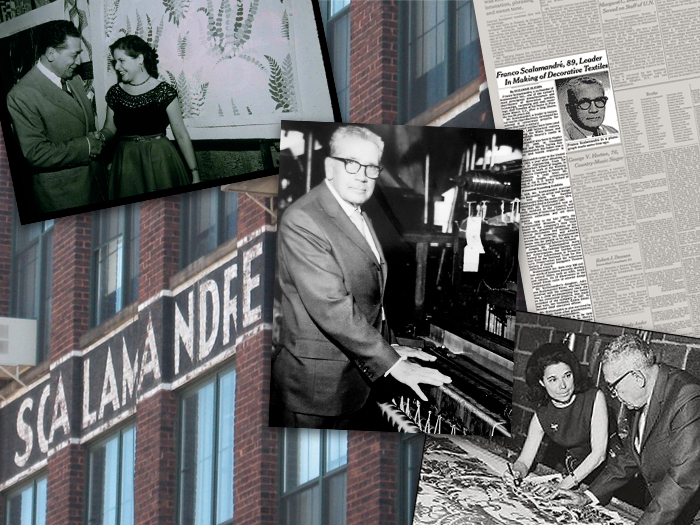
1988
Franco Scalamandré died in 1988. Along with many other wonderful things, Franco was a leader in the manufacturing of fine fabric, wallcovering and trim, and had more than 1,000 historical restorations bear his name, among them: The White House, the U.S. Capitol, Mt. Vernon, the Morgan Library, the Wrightsman Galleries at the Metropolitan Museum of Art, the Isabella Stewart Gardner Museum, and the Mansions of Newport.
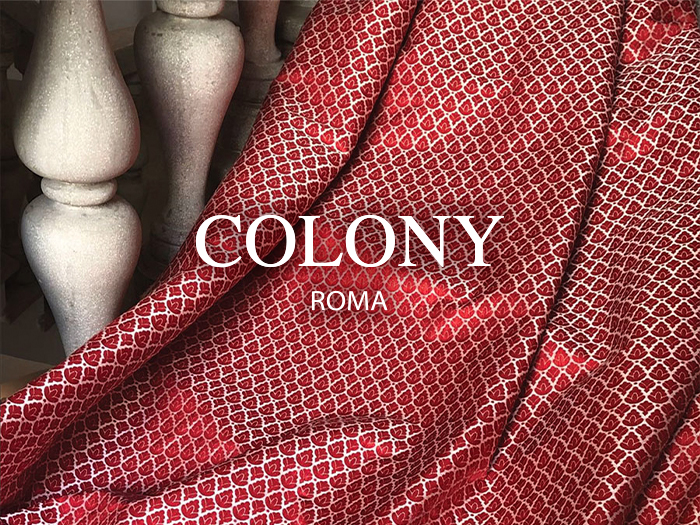
1989
Colony was founded in 1980, and entered the Scalamandré line in 1989. Since its inception, Colony has offered classic fabric and wallcoverings to the design trade. Specializing in lampas, brocades, velvets and silks, Colony's designs bring new life to European textile traditions.
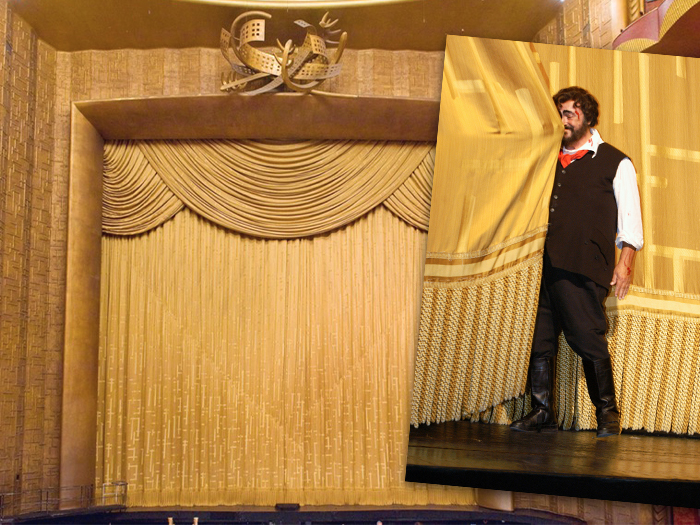
1989
Scalamandré completed its second commissioned project for the Metropolitan Opera House. Inspired by the architectural designs flanking the stage itself, Scalamandré made a bold silk and linen brocatelle for the curtains and a hand-woven bullion fringe for the curtain panels. At the time, these pieces were the largest of their kind to be produced at Scalamandré. “Tableau” was the source pattern for this project.
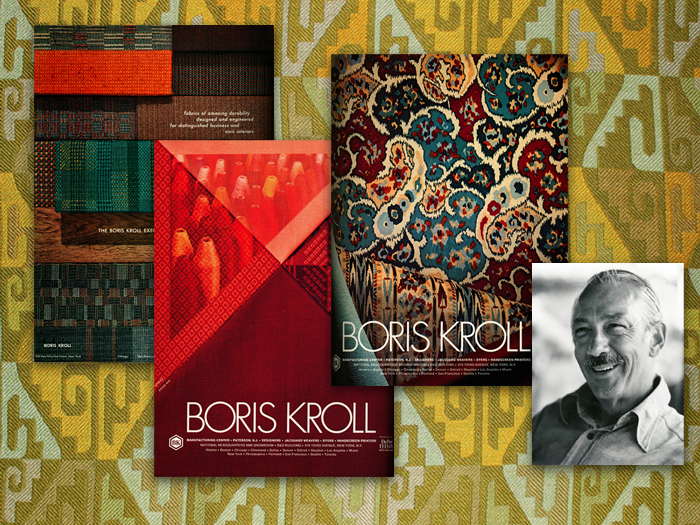
1991
Scalamandré purchased Boris Kroll Fabrics, a Paterson, New Jersey-based contract textile line. A self-taught hand weaver, Boris Kroll developed new upholstery techniques and founded his company in the 1930's. By the 1980's, the company was considered a leader in combining advanced weaving technology with imaginative patterns and an original, enduring color sensibility.
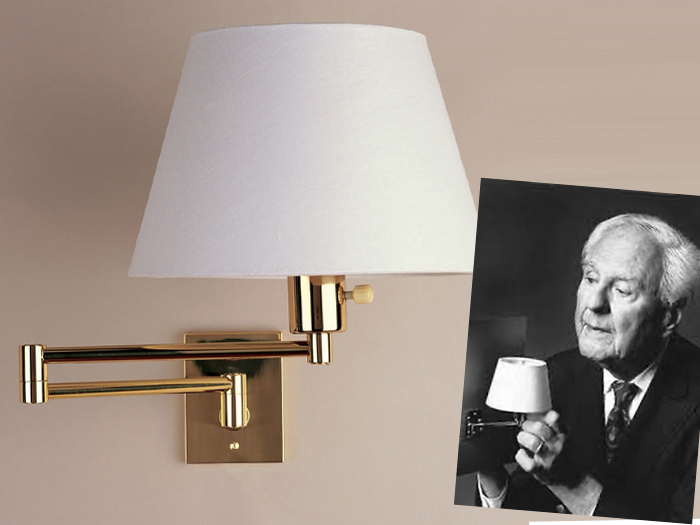
1991
Hinson expanded into lighting and incorporated Hansen Lamps, the first to introduce the original swing arm lamp.
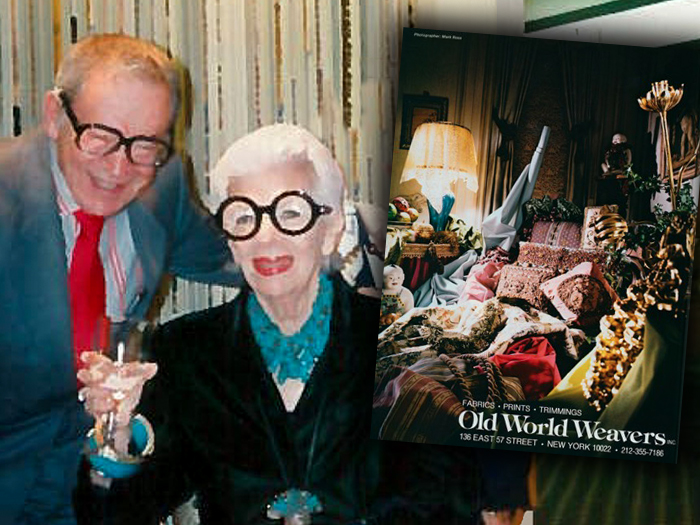
1992
The Apfel’s sold Old World Weavers to STARK in 1992, and stayed on with the company for 13 years. To this day, Old World Weavers is considered one of the most respected luxury textile brands in the industry, completing projects for the White House under nine presidents, the State Department, the Metropolitan Museum of Art, and more.
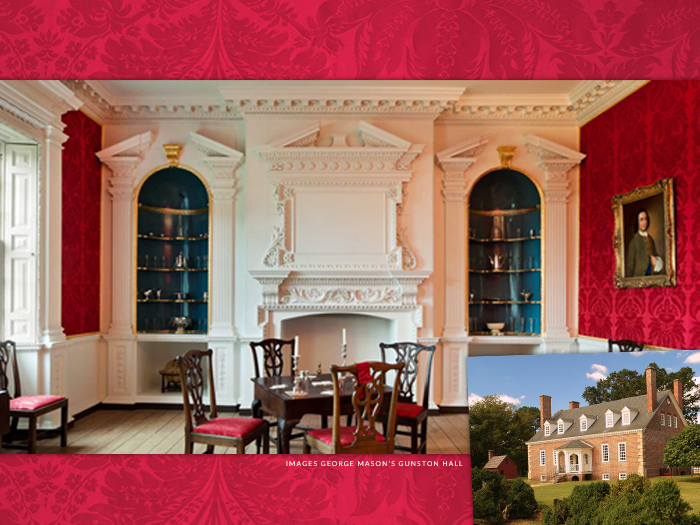
1996
A circa 1750 English design found at George Mason's mid-18th century Georgian residence, was the inspiration for the “Hunt Damask.” This reproduction fabric was installed as draperies and wall upholstery in the master bedroom.
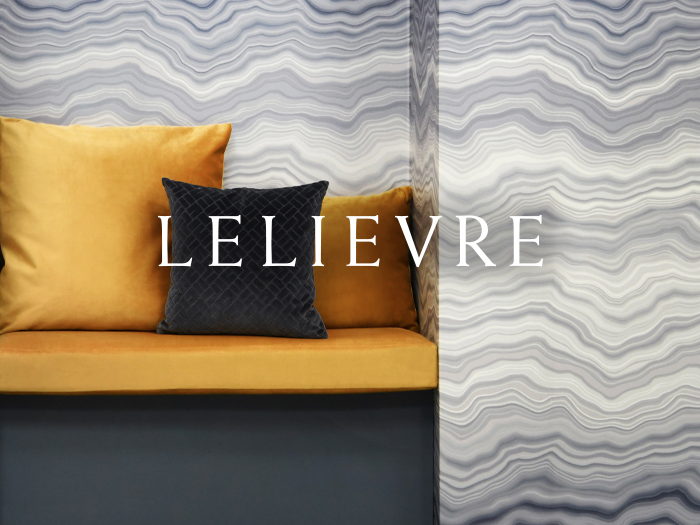
1996
Lelièvre was founded in 1914, and entered the STARK line in 1996. This French family-owned textile house became globally recognized for its high-end upholstery fabrics and focus on contemporary design and bespoke pieces. Lelièvre collections feature bold color and innovative looks for both residential and contract projects, from classical to contemporary aesthetics, including collaborations with the fashion world. Lelièvre is available exclusively in the US through The House of Scalamandré.
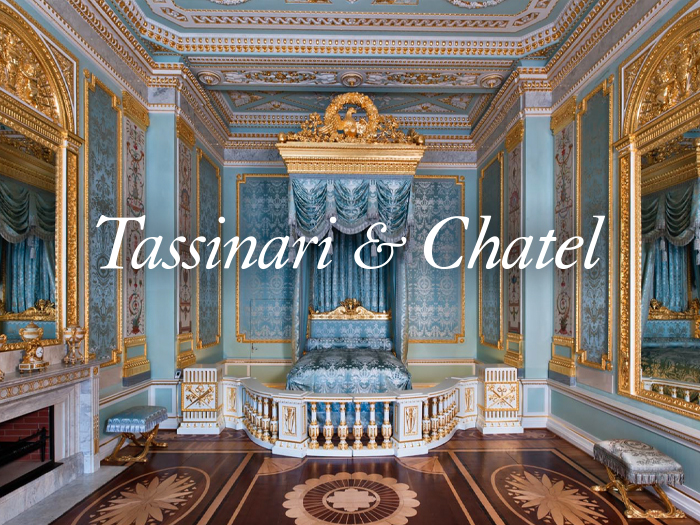
1998
Tassinari & Chatel was founded in 1680, and after being acquired by Lelièvre in 1997, entered the STARK line in 1998. This family-owned firm was founded at the height of the reign of Louis XIV in Lyon, France, known then as the “capitol” for silk weaving. Creations made for historical figures like Louis XVI and Marie-Antoinette, as well as for palaces worldwide such as the Tuileries, Versailles, Fontainebleau, Malmaison, and Compiegne all contributed to the growing reputation of the company. With impeccable taste, attention to detail, and craftsmanship, Tassinari & Chatel has held its reputation as a leading provider of luxurious and unique silk textiles for centuries. The subtle juxtaposition of ancient and modern, and ability to bridge the past and future is what assures the continuing reputation of the brand. Tassinari & Chatel is available exclusively in the US through The House of Scalamandré.
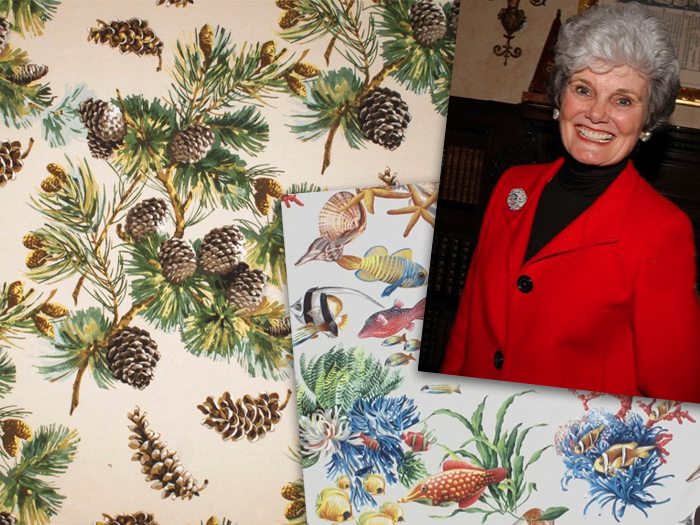
2006
Grey Watkins sold her company to STARK in 2006, after having been the sole owner for 26 years. Although under new ownership, Grey continued to design for the brand until March of 2015.
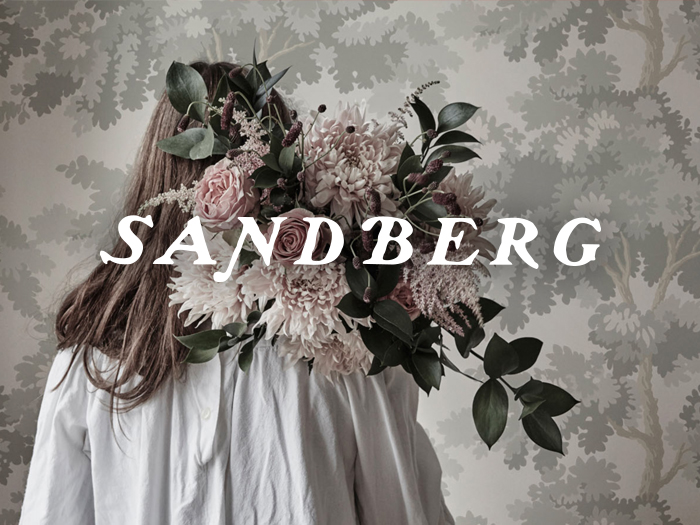
2006
Sandberg was founded in 1925, and entered the STARK line in 2006. A Swedish company that designs and manufactures wallpaper, Sandberg believes the home is the starting point for wellbeing. The inspiration for both color and design often come from Swedish landscape and surrounding nature, with patterns that pay homage to the historical and cultural heritage of the beautiful country.
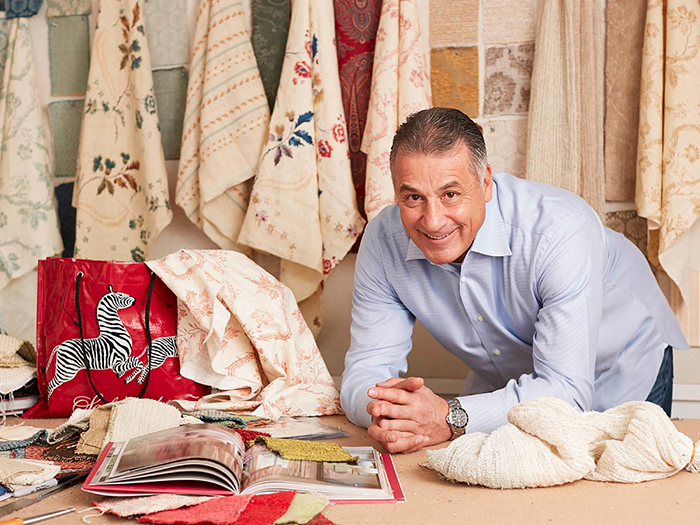
2009
Businessman Louis Renzo acquired Scalamandré as CEO and President from the third-generation owners.

2009
The United States 44th President, Barack Obama, sits and reads in the current White House “Red Room,” amongst Scalamandré made silks and trim, originally installed during the Kennedy term. Updated and recolored, the custom “Empire Scroll 3 ½” Galoon” trim traces the red room walls, as it has through countless presidential terms.
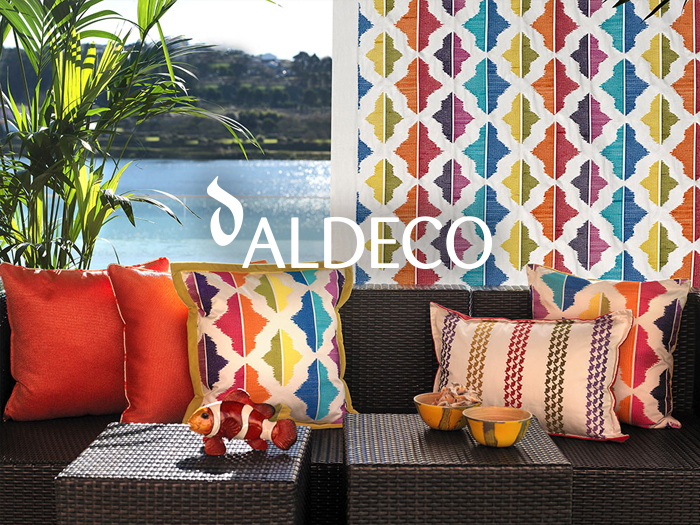
2012
Aldeco was founded in 1993, and entered the STARK line in 2012. A dynamic Portuguese brand, Aldeco creates high-end interior fabrics inspired by the world’s heritage and cultures, for both residential and commercial projects. Developed with passion, innovation, and a focus on the latest fashion and design trends, Aldeco offers stylish fabrics that meet contract and hospitality standards. Aldeco is available exclusively in the US through The House of Scalamandré.
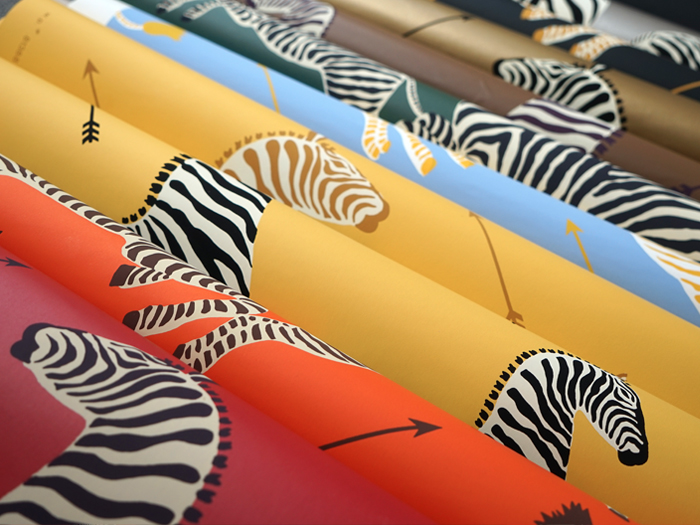
2012
The Scalamandré design team took the iconic “Zebras” motif, originally made as a wallpaper, and added a coordinating fabric to the line. After much success since then, many colorways of the wallcovering have been added, proving “Zebras” to be a timeless design. “Zebras” continues to live on as a permanent part of the Scalamandré collection and a worldwide design favorite.
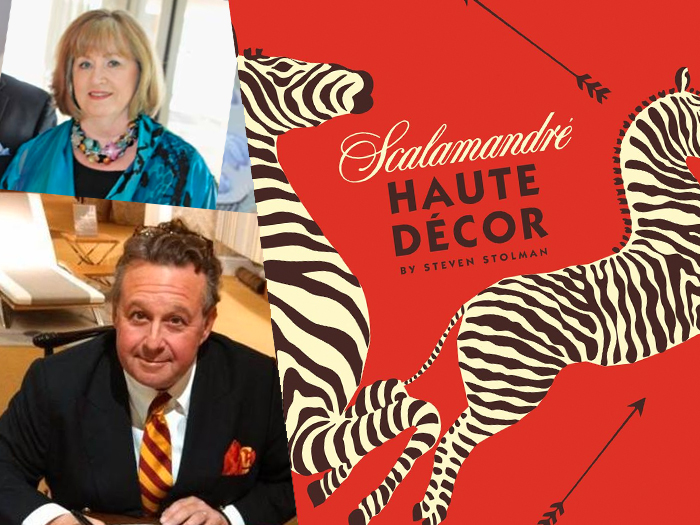
2013
Bring our coffee table book, Haute Décor alive by watching this presentation of Kaki Hockersmith and Steven Stolman, Scalamandré president in 2013, discussing various projects, and one of a kind textiles Scalamandré has created for The White House over the years.
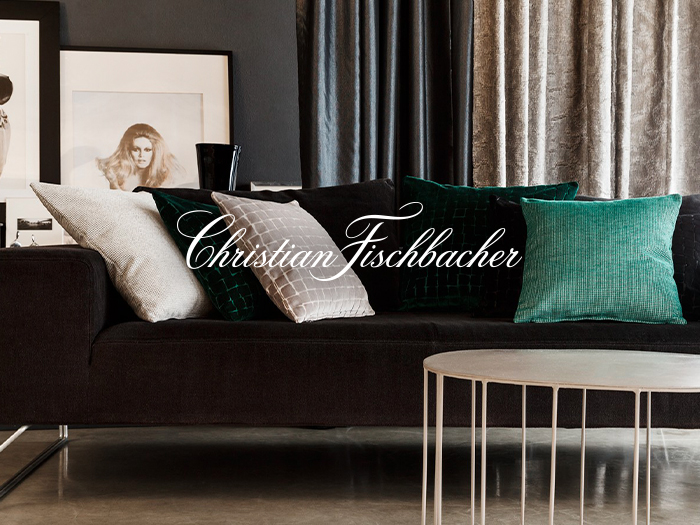
2014
Christian Fischbacher was founded in 1819, and entered the STARK line in 2014. This family-owned company, based in St. Gallen Switzerland, focuses on creating high quality textiles imbued with creativity and innovation. Christian Fischbacher is available in the US through The House of Scalamandré.
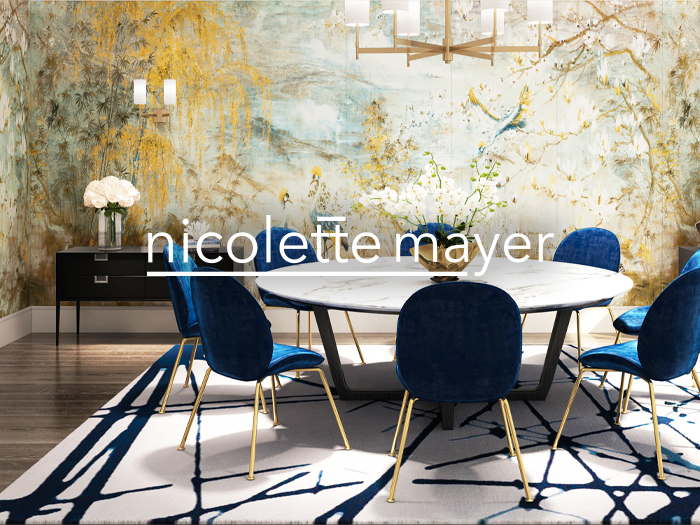
2015
Nicolette Mayer was founded in 2012, and entered the STARK line in 2015. Headquartered in Boca Raton, Florida, Nicolette Mayer is the first fully digitally printed fabric house in the industry, breaking ground by offering an unlimited color palette, and no repeat size limitations. Nicolette Mayer’s modern, yet timeless fabric and wallcoverings add energy and a sense of whimsy to any room. Nicolette Mayer is available exclusively in the US through The House of Scalamandré.

2017
In 2017, two of the design industry’s most renowned companies, Stark and Scalamandré, merged providing one of the most complete high-end fabric, wallcovering, and trim offerings in the industry. Louis Renzo (pictured left) remains CEO of Scalamandré, while Chad Stark (pictured right) becomes president.

2019
Swaim was founded in 1945, and entered the Scalamandré line in 2019. Based in North Carolina, Swaim is an expert in hand-crafted furniture, combining artisanal processes with a dedication to quality and innovation. Offering everything from seating to casegoods, Swaim designs reflect traditional, mid-century, transitional, and classic contemporary aesthetics, with a unique capability for customization based on clients’ needs.

2019
Tomlinson was founded in 1901, and entered the Scalamandré line in 2019. Based out of North Carolina, Tomlinson is a leader in the upholstered furniture industry, crafting treasured pieces that can be found in some of the world’s finest homes. Directional, Tomlinson, and Carter are three varying divisions offered under the Tomlinson roof and provide countless selection to match everyone’s taste.
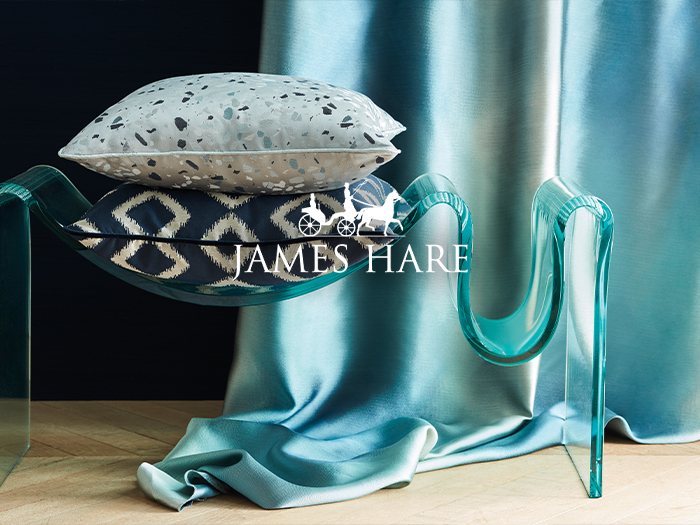
2019
James Hare was founded in 1865, and entered the Scalamandré line in 2019. Established as a woolen merchant in Leeds, United Kingdom, the company began with experience and an understanding of the needs of the tailoring trade. Over the century’s, James Hare gained recognition from tastemakers and royalty for its exceptional quality in fabrics and sense of refined style. Having re-established itself as a silk merchant of both traditional and modern styles, today James Hare is considered Britain’s leading destination for luxury textiles. James Hare is available exclusively in the US through The House of Scalamandré.
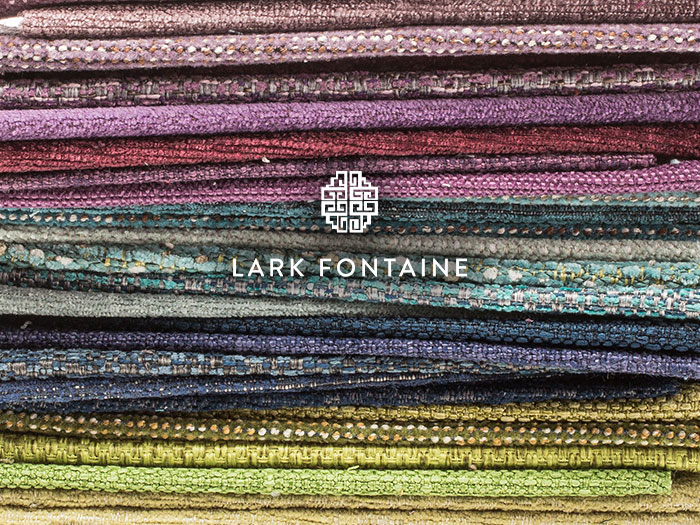
2020
Lark Fontaine was founded in 1997, and entered the Scalamandré line in 2020. A boutique textile line, Lark Fontaine specializes in chic, high-performance textiles for the hospitality industry. A variety of upholstery, sheers, black-outs and faux leather textiles are offered with high-performing, soil and stain repellency, anti-microbial and anti-bacterial finishes. These incredibly practical textiles also have a luxurious hand and come in an extensive color offering to appease everyone’s taste.
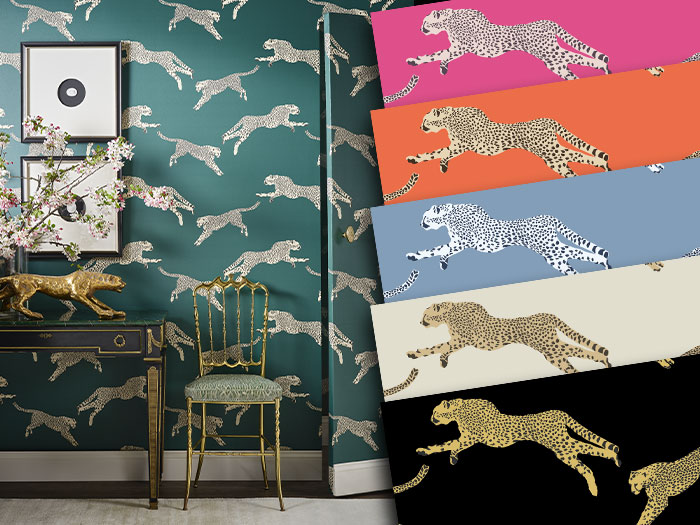
2020
Scalamandré introduces a new wallpaper motif to join the menagerie, Leaping Cheetah! While our iconic Zebras design will always lead the proverbial pack, Leaping Cheetah is well on its way to becoming another Scalamandré classic. This instantly adored signature pattern features cheetahs frolicking against a backdrop of saturated, fashion-inspired colors and offers great graphic appeal!
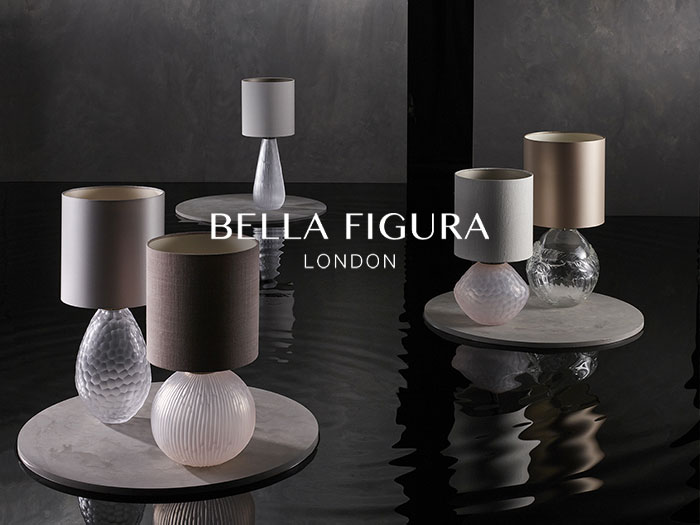
2020
Bella Figura Lighting was founded in 1982, and entered the Scalamandré line in 2020. Based in Chelsea, London, Bella Figura is one of the most exclusive decorative lighting companies in the world. An extensive product range covers a vast part of the style spectrum and goes from retro to transitional, all the way to modern and ultra-contemporary. Made of the highest quality materials, each piece is produced to the Bella Figura specification by small family businesses in England and Italy.
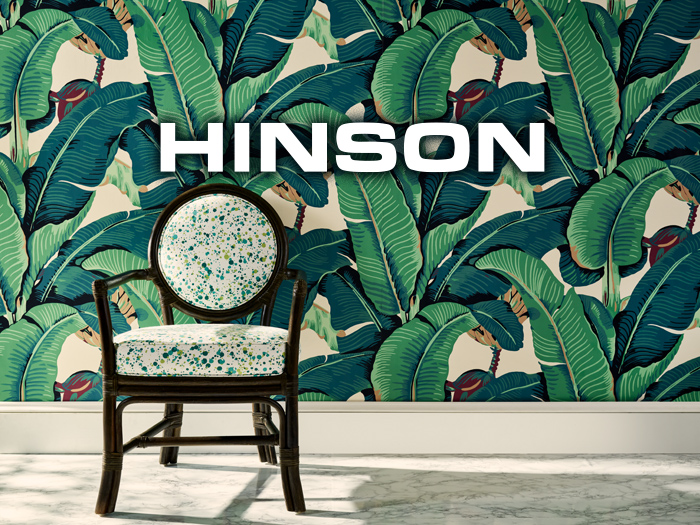
2020
Scalamandré acquires Hinson, adding the renowned brand to its list of core brands which include Scalamandré, Old World Weavers, and Grey Watkins. With a dedicated focus on offering timeless classics, Hinson produces designs inspired by historical patterns and documents, translated into livable designs for today’s home.









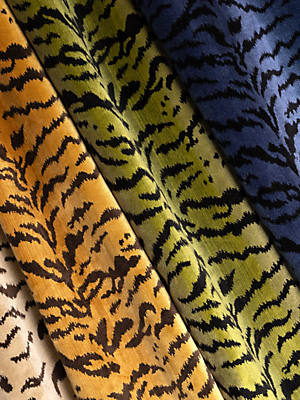

 1.800.932.4361
1.800.932.4361 LIVE CHAT
LIVE CHAT SHOWROOMS / SALES REPS
SHOWROOMS / SALES REPS INSTAGRAM
INSTAGRAM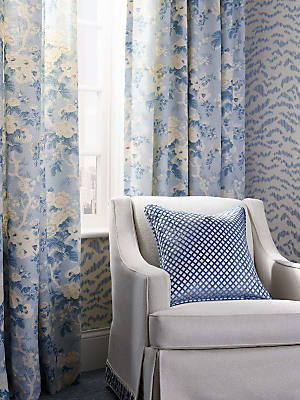










 Aldeco
Aldeco

 Colony
Colony Houlès
Houlès Fischbacher 1819
Fischbacher 1819 James Hare
James Hare Jannelli & Volpi
Jannelli & Volpi Jean Paul Gaultier
Jean Paul Gaultier JWall
JWall Lark Fontaine
Lark Fontaine Lelièvre Paris
Lelièvre Paris Marimekko
Marimekko The Mural Source
The Mural Source Nicolette Mayer
Nicolette Mayer Sandberg
Sandberg Tassinari & Chatel
Tassinari & Chatel Bella Figura Lighting
Bella Figura Lighting Swaim Furniture
Swaim Furniture Tomlinson Furniture
Tomlinson Furniture








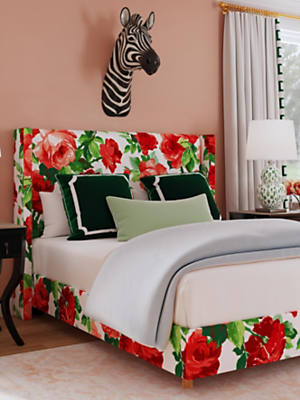




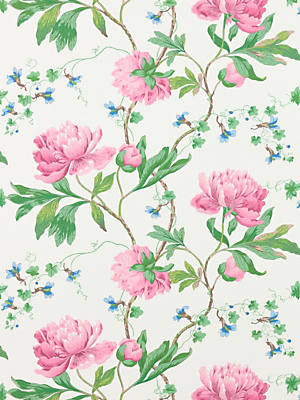



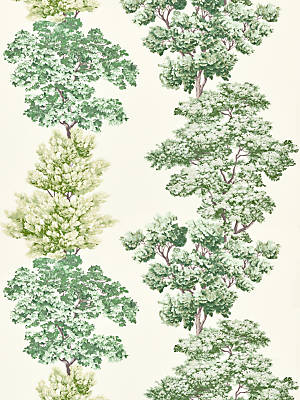
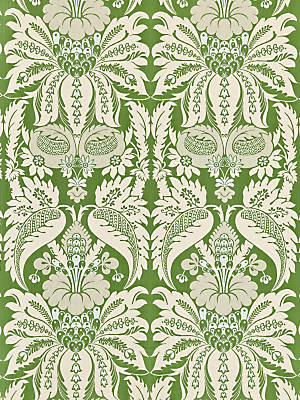
















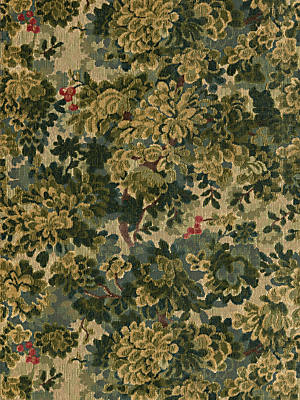
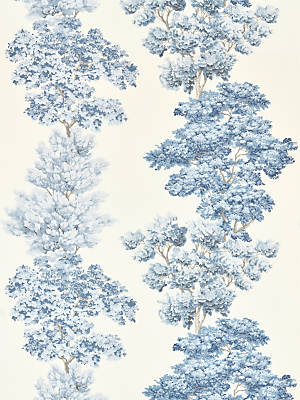
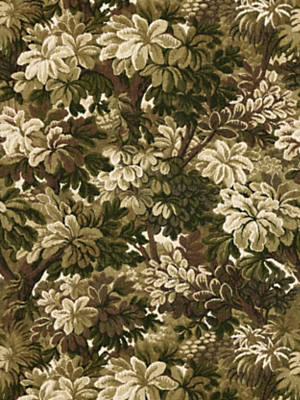
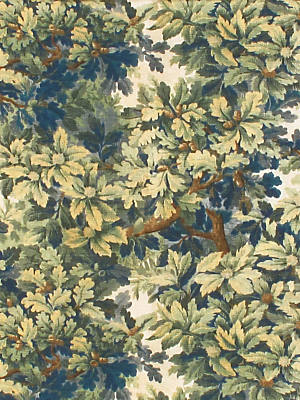
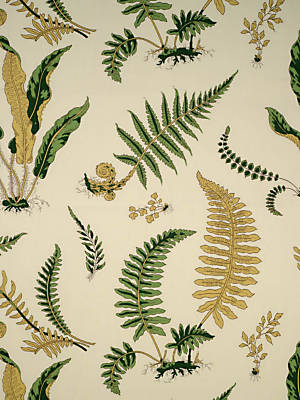
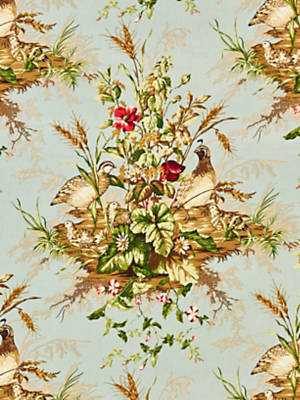
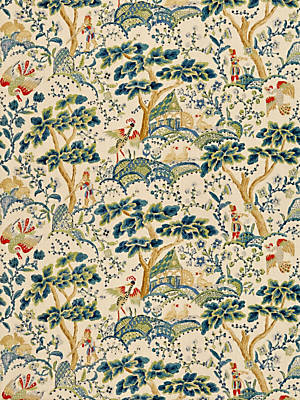
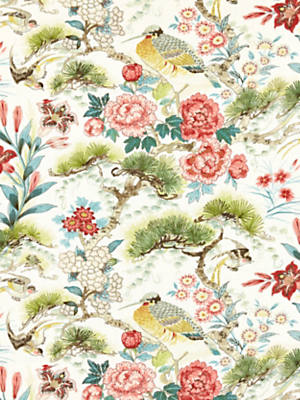

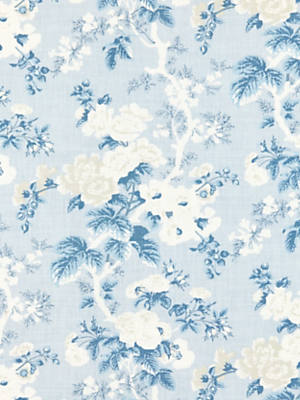
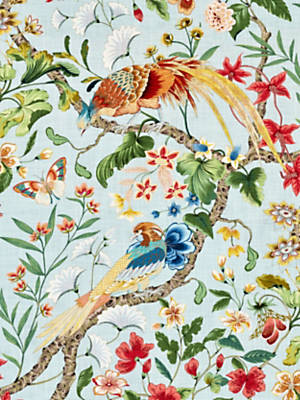
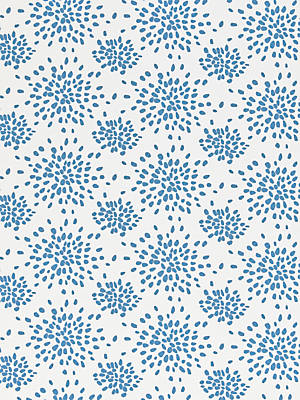
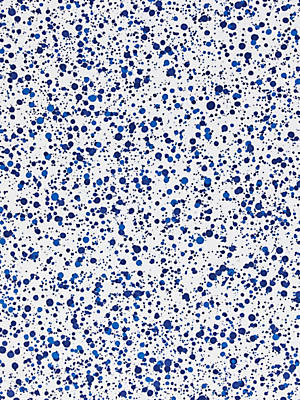
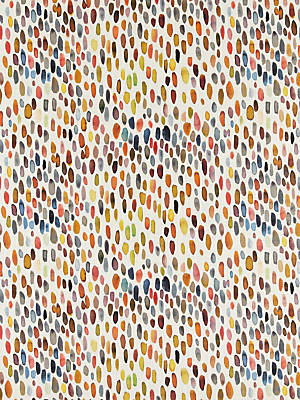
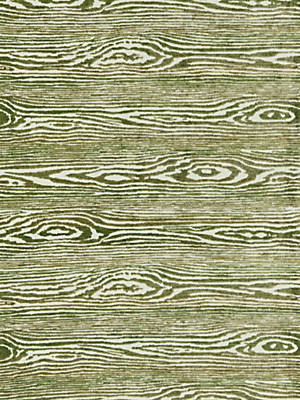


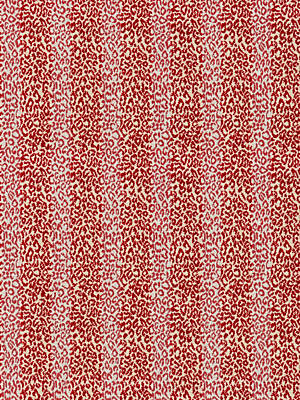
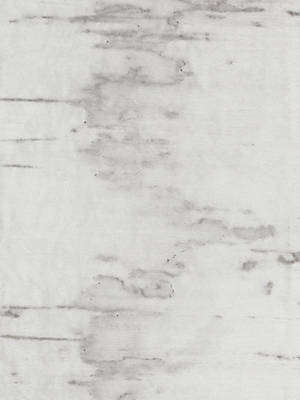



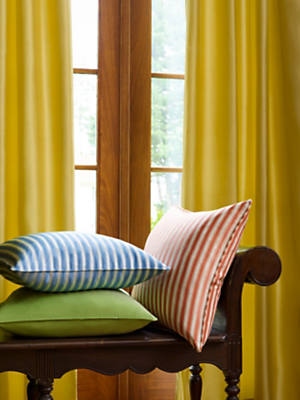


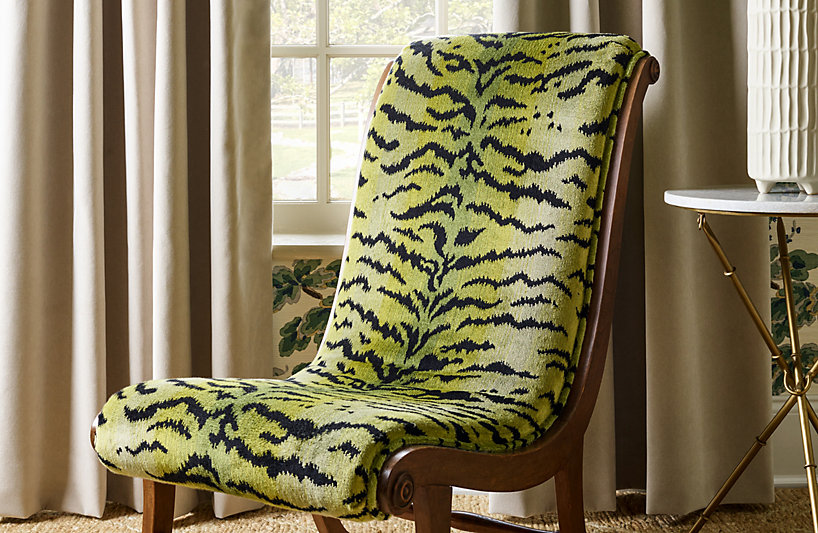 Animal Patterns
Animal Patterns










 SCALAMANDRÉ
SCALAMANDRÉ

































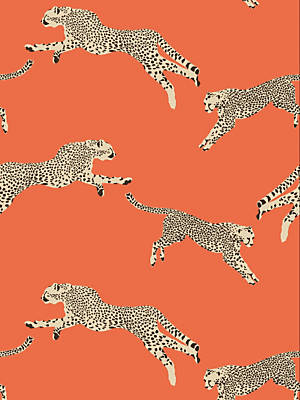

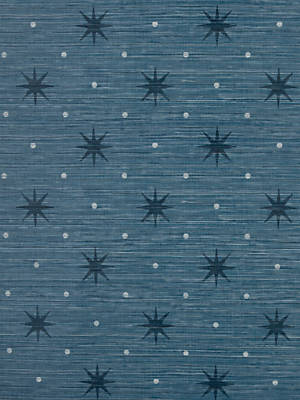
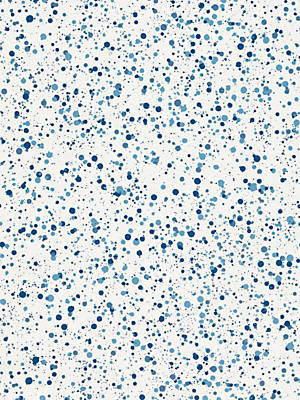
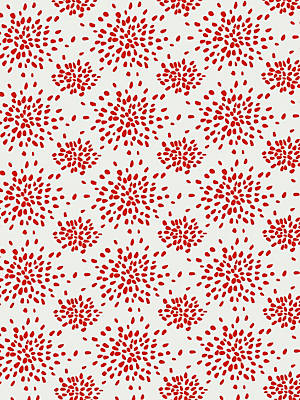
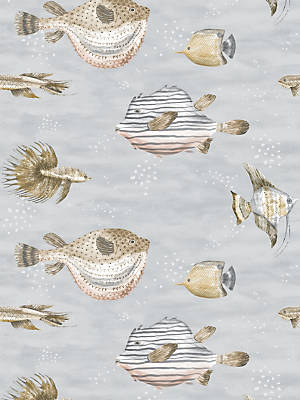
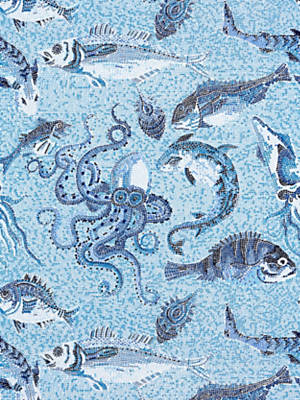
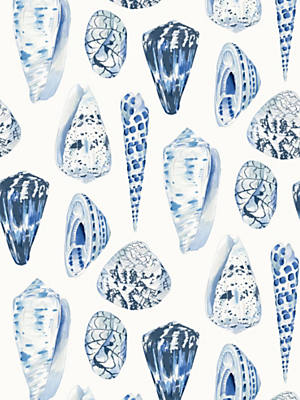
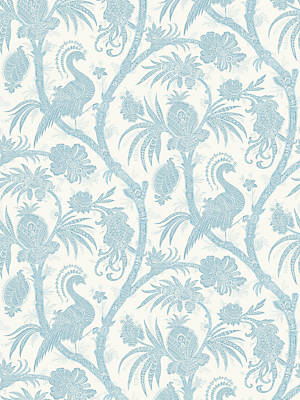
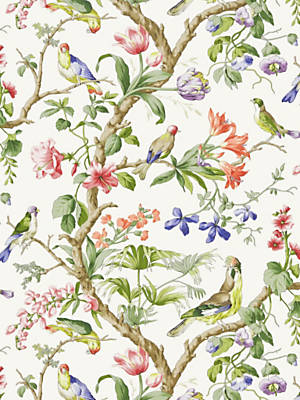
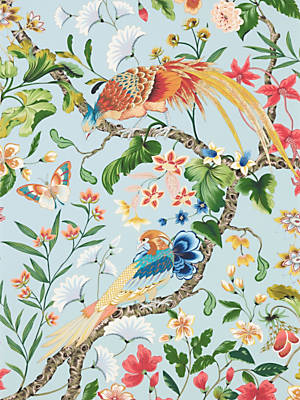

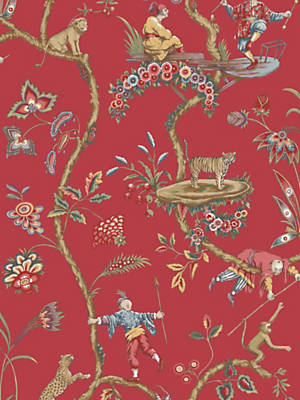
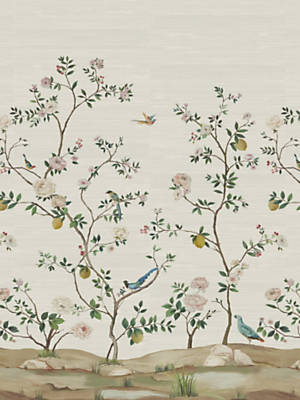
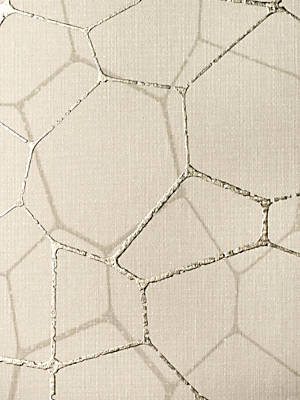
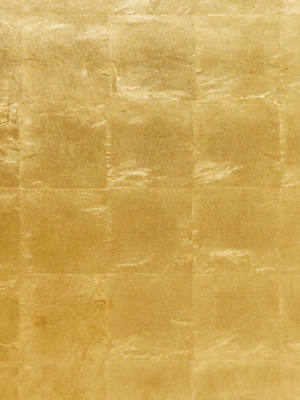
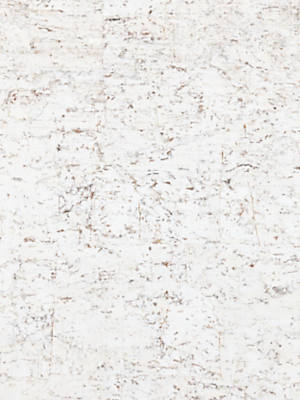
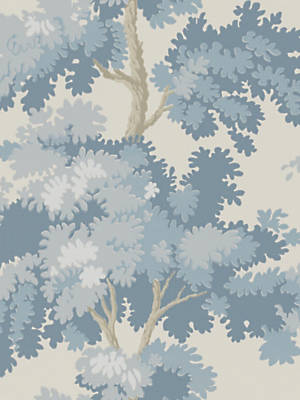
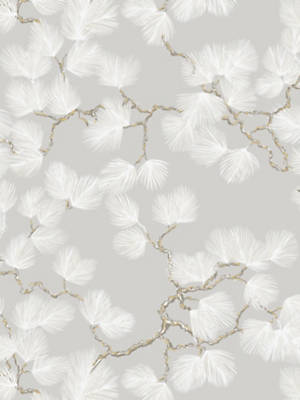
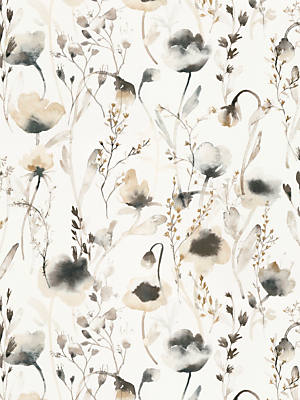
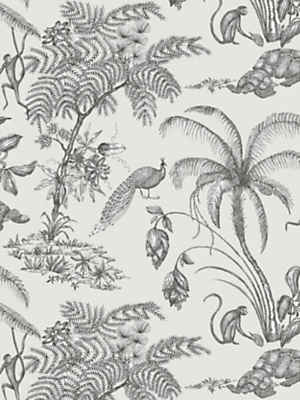
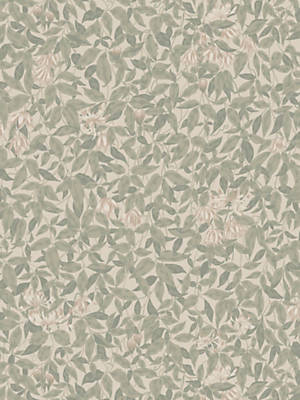

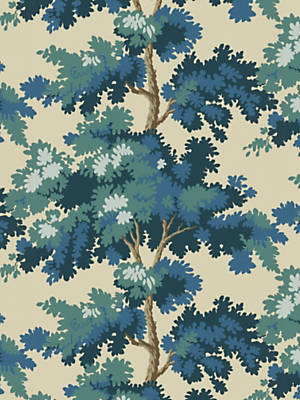





 Scalamandré
Scalamandré












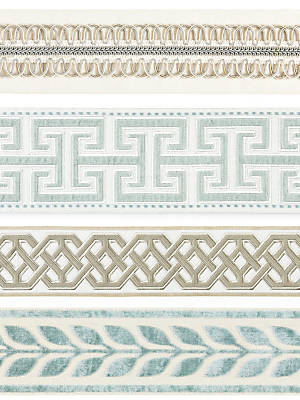
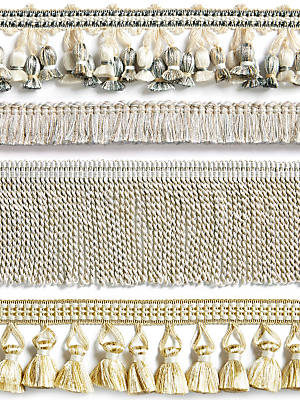
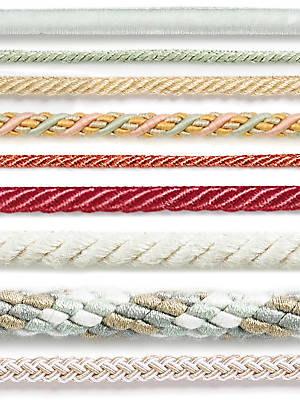
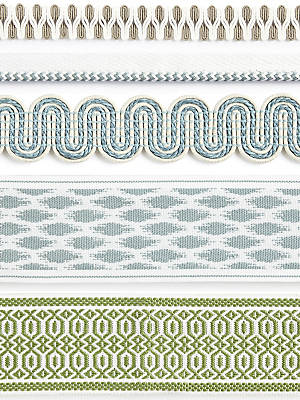



























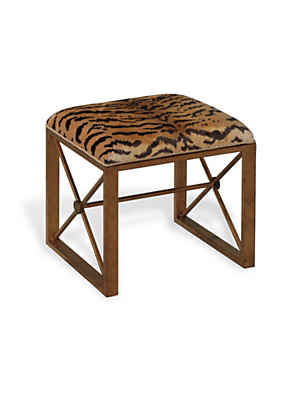
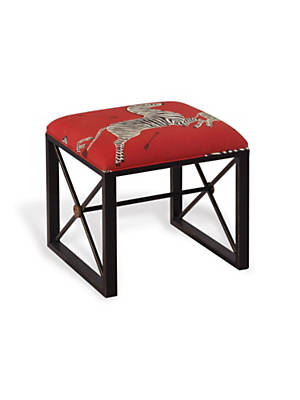




















 START DESIGNING YOUR OWN
START DESIGNING YOUR OWN
